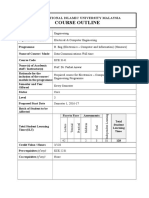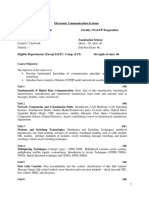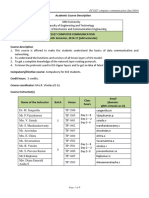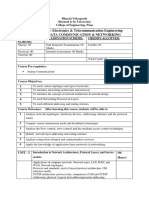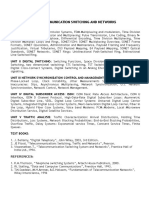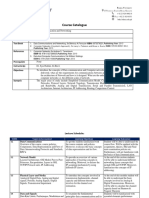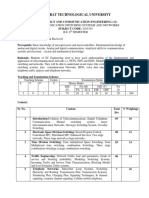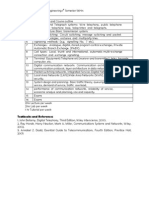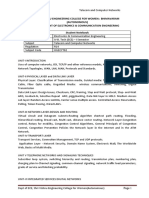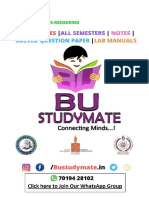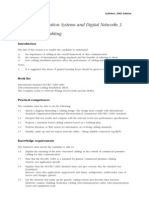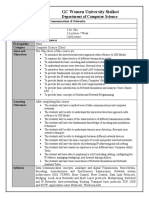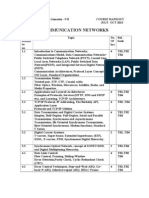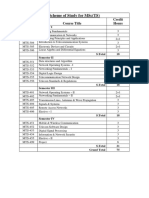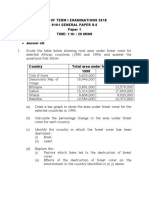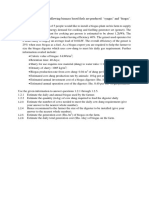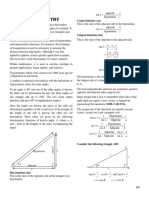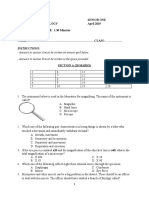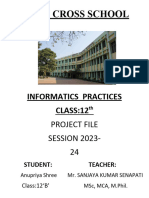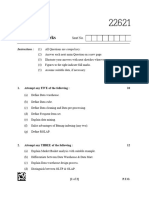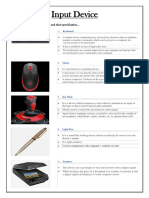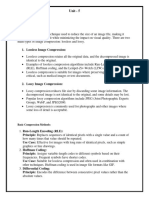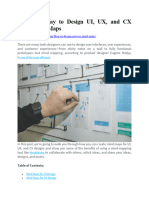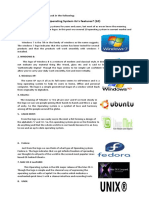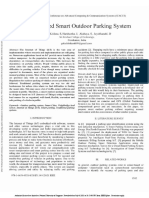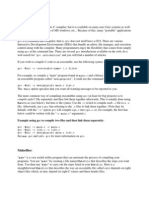0% found this document useful (0 votes)
16 views3 pagesVoice and Data Curriculum
The course 'Telecommunications Systems II (Data and Voice 1)' focuses on high-level data and voice communication systems, covering communication standards, error control, and optical fiber communication. Students will learn about various telecommunication networks, including PSTN, ISDN, and VoIP, along with data transmission techniques. Assessment includes coursework and a final examination, with a total of 4 credit units awarded upon completion.
Uploaded by
Nely JayCopyright
© © All Rights Reserved
We take content rights seriously. If you suspect this is your content, claim it here.
Available Formats
Download as DOCX, PDF, TXT or read online on Scribd
0% found this document useful (0 votes)
16 views3 pagesVoice and Data Curriculum
The course 'Telecommunications Systems II (Data and Voice 1)' focuses on high-level data and voice communication systems, covering communication standards, error control, and optical fiber communication. Students will learn about various telecommunication networks, including PSTN, ISDN, and VoIP, along with data transmission techniques. Assessment includes coursework and a final examination, with a total of 4 credit units awarded upon completion.
Uploaded by
Nely JayCopyright
© © All Rights Reserved
We take content rights seriously. If you suspect this is your content, claim it here.
Available Formats
Download as DOCX, PDF, TXT or read online on Scribd
/ 3



